Dressage in the French Tradition by Dom Diogo de Bragança
$34.95
1 in stock
Product Description
Nuno Oliveira said of the author: “ I have the honor to declare that Dom Diogo de Bragança has been one of my best students and that I consider him as one of the rare riders I know who is capable of taking on the greatest difficulties of Equestrian Art with the greatest finesse.”
Dom Diogo de Bragança, an eclectic mind who studied languages, music composition and law, is one of the great equestrian figures of our time. His technique was built on a long apprenticeship with Master Nuno Oliveira (of whom he was one of the first students), which resulted in a natural horsemanship, full of tact and sensitivity. He acquired an amazing equestrian culture through the many books he studied in French and Portuguese and kept applying the theories he researched on the numerous horses he successfully trained. His vast experience and spirit of observation allowed him to present in this seminal book a complete analysis of the goals and methods of French dressage. It resulted in a unique synthesis that is destined to remain an authoritative text on this fascinating subject. Beyond revising the original 1976 text, Dom Diogo has added to this edition, a chapter on the specialized dressage for bullfighting, a form of horsemanship in which the horse, while flirting with the gravest danger, “offers us a breathtaking spectacle of beauty, precision, and brilliance.”
Dressage in the French Tradition is a reference for the understanding of classical dressage in which the horse, ridden with the greatest impulsion and lightness, displays his maximum activity in response to the minimum effort of the rider.
English translation by Michael L. M. Fletcher of L’Équitation de Tradition Française, 2nd edition, Belin, Paris, 2005, a re-edited, corrected and augmented version of the book that was first published inFrance in 1976 by Odège. It has had numerous editions inPortugal, the homeland of the author.
1 review for Dressage in the French Tradition by Dom Diogo de Bragança
You must be logged in to post a review.
Related products
-
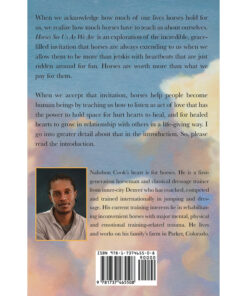
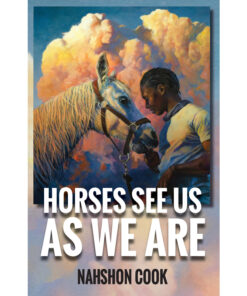
Horses See Us As We Are by Nahshon Cook
0 out of 5$24.95Brands:Nahshon CookAdd to cart -
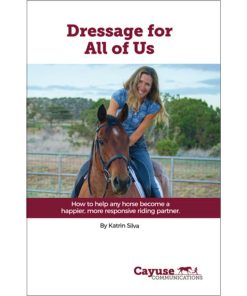
Dressage for All of Us: How to Help any Horse Become a Happier, More Responsive Riding Partner by Katrin Silva
0 out of 5$19.00Brands:Katrin SilvaAdd to cart -

Equestrian Art: The Collected Early Writings (1951-1956) by Master Nuno Oliveira (Soft Cover)
0 out of 5$45.00Brands:Nuno OliveiraAdd to cart -
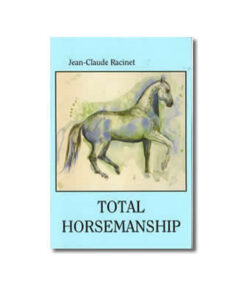
Total Horsemanship by Jean Claude Racinet
4.00 out of 5$32.95Brands:Jean Claude RacinetAdd to cart -

Ride with Feel: A Guide for the Rest of Us by Katrin Silva
0 out of 5$19.00Brands:Katrin SilvaRead more



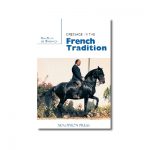
Faith –
Written with vivid passion & deep historical horse sense, this book would be an enlightening read not only for dressage riders seeking lightness, but for riders rooted in the beauty of the jaquima a freno vaquero tradition. Though I had read the French version, I’m very happy to see it’s come out in English! Dom Diogo shines a brilliant light into the yawning chasm between classical riding & what one sees in modern competitive dressage; this understanding is bound in the history of horsemen, but also, crucially , of horses themselves, their conformation, fashions in breeding & its effects. The copious illustrations are lovely & useful.